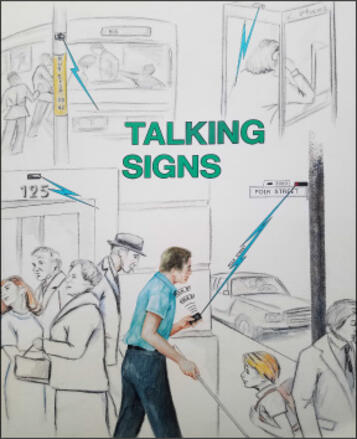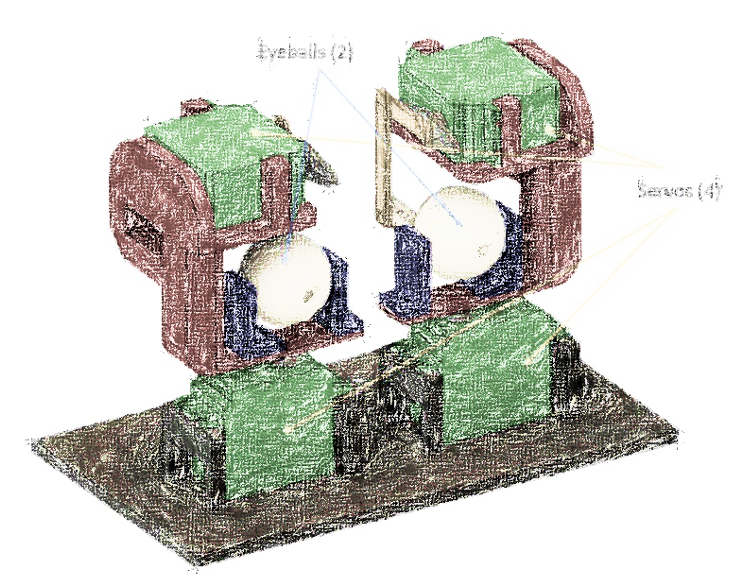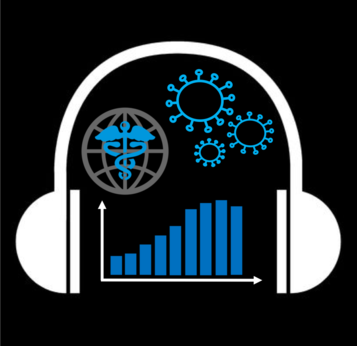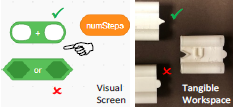Crowd-Sourced Description for Web-Based Video (CSD)
The Descriptive Video Exchange Project (funded by the National Eye Institute of the National Institutes of Health, (grant # R01 EY020925-01) focuses on crowd-sourced techniques for describing DVD media. CSD will expand DVX to include Internet-based media such as YouTube, iTunes U, and other streamed video found on a wide variety of web sites. Many streamed Internet-based video sources provide well-defined, public APIs for accessing all the information DVX requires. Using these APIs will allow the VDRDC to expand DVX to include streamed content so that seamless, simple, crowd-sourced descriptions can be added to Internet-based video by volunteers or professionals anywhere.



